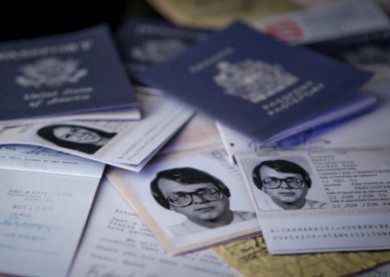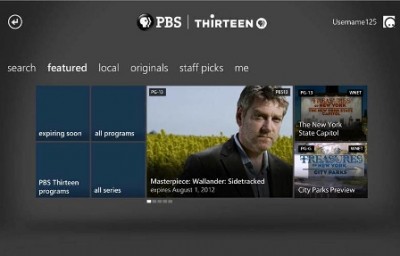Tag: Television programs
Wednesday forum to explore public media arts coverage
The latest in an ongoing series of Public Media Futures forums will spotlight public broadcasting’s work surrounding the arts. The Feb. 20 ...MoMA to spotlight POV during its yearly ‘Documentary Fortnight’
As part of its annual “Documentary Fortnight,” the Museum of Modern Art (MoMA) in New York City is celebrating 25 years of ...American Masters to shine light on reclusive author J.D. Salinger for 200th episode
The author of The Catcher in the Rye and Franny and Zooey died in January 2010 after living for more than 50 years as a recluse ...Upcoming American Graduate specials tackle lax schools, juvenile justice system
A pair of documentaries to be released for public TV broadcasts next month focus on two of the most difficult aspects of ...PBS NewsHour report yields unexpected results
A PBS NewsHour report on population growth and food scarcity in the Philippines prompted an increase in donations to the PATH Foundation Philippines Inc., ...APT re-releases Escape from Iran as its fictional twin, Argo, vies for Oscars
The storyline of a Canadian film coming to public TV stations this month has all the trappings of a gripping yarn: intrigue, ...Michael Sullivan, Frontline producer since 1987, departs icon investigative series
Michael Sullivan, a television producer whose name has run near the top of credit rolls of Frontline almost continuously since 1987, has exited the ...Voice of OC expands partnership with PBS SoCal
Voice of OC, the nonprofit investigative news agency in Orange County, Calif., is expanding its partnership with PBS SoCal. Voice of OC ...Library of Congress requests interview footage of Bataan veterans from KNME
The Library of Congress has asked New Mexico PBS to contribute unedited interview footage from its Bataan: A 70th Anniversary Commemoration.WTTW captures seven Midwest Emmys, Wisconsin Public TV wins a pair
The Chicago station topped several program categories, and its staff took awards for individual achievements in television crafts. Architect Michael Graves: A Grand Tour ...Pubcasters in Austin and Houston capture five Lone Star Emmys
KLRU in Austin won three statuettes, including one in the community service category for “Light/The Holocaust & Humanity Project 2012,” a contemporary ...Nine Network of St. Louis recognized as ‘Best of the Best’ in 2012 NETA ...
The St. Louis public TV station’s Nine Academy, a program that trains individuals and community organizations to produce short videos on stories ...Roku, Xbox pick up pubTV shows
PBS is jumping into the “over-the-top” video-streaming space with a pair of deals to distribute public TV programs through apps on Roku ...Rebecca Eaton and Newton Minow honored for distinguished service to public television
As the executive producer who acquired and managed co-productions of British dramas for Masterpiece and its predecessor titles for more than 26 years, ...Cocktails to honor Big Bird and friends? That’s the spirit
When public radio managers gathered for November’s Super-Regional Meeting in New Orleans, home to Bourbon Street and the drive-through daiquiri bar, NPR ...






